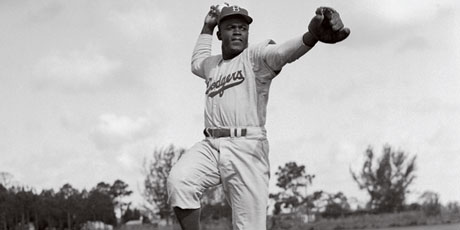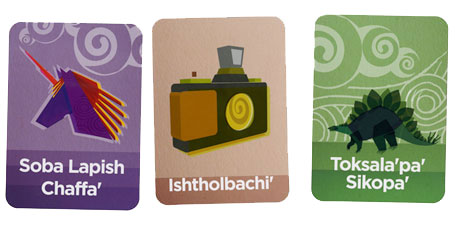TTYL
Under the (Texting) Influence
A team of UT Arlington undergraduates designed a mobile application that discourages texting while driving

It’s becoming almost Pavlovian: Your phone pings, indicating a new text message, and you instinctively reach for the device. While that’s fine (if occasionally rude) when your feet are firmly on the ground, it’s another matter when they’re on the gas pedal. In fact, the National Safety Council estimates that more than 1.5 million crashes every year involve drivers who are texting.
To help decrease those numbers, AT&T challenged developers to come up with a mobile application that could circumvent that Pavlovian text-response urge. The contest was part of the company’s nationwide “It Can Wait” anti-texting-while-driving awareness campaign.
James Fielder, then a senior at UTA, heard about the challenge and formed a team with four of his fellow computer science and engineering undergraduates: Keyurkumar Patel, Zedd Shmais, Kevin Chung, and Andrew Toscano. The app they designed allows users to temporarily block, but save text messages when their mobile device is moving at a certain speed. It also silences text alert sounds that could potentially distract the driver. Anyone trying to contact him or her would receive an autoreply letting the sender know that the receiver is on the road; privileged contacts could get additional information like destination and projected arrival time.
The students also built a reward system into the app that would allow small businesses in the area to create exclusive deals for users. For every intercepted text, the user would amass points that could be redeemed for various goods or discounts.
For their efforts, Fielder’s team won the contest and received a $10,000 prize. It’s the second year in a row that a UT Arlington group has won the competition.
“It’s a pretty important topic right now. People are dying because they just aren’t aware of the dangers,” Fielder says. “This app definitely helps discourage people from texting and, hopefully, it will prevent possible accidents from happening.”
Texting While Driving
...makes a crash
23x
more likely.
...is like driving blind for
5 sec.
which is enough time to cross a football field.
...is the same as drinking
4 beers
and then trying to drive.
...is currently banned in
44
states, D.C., Puerto Rico, Guam, and the U.S. Virgin Islands.
...is behind
25%
of all car accidents.
...causes over
1,500,000
accidents a year.
Source: National Safety Council
PHOTOGRAPH BY FREDRICK BRODÉN

















